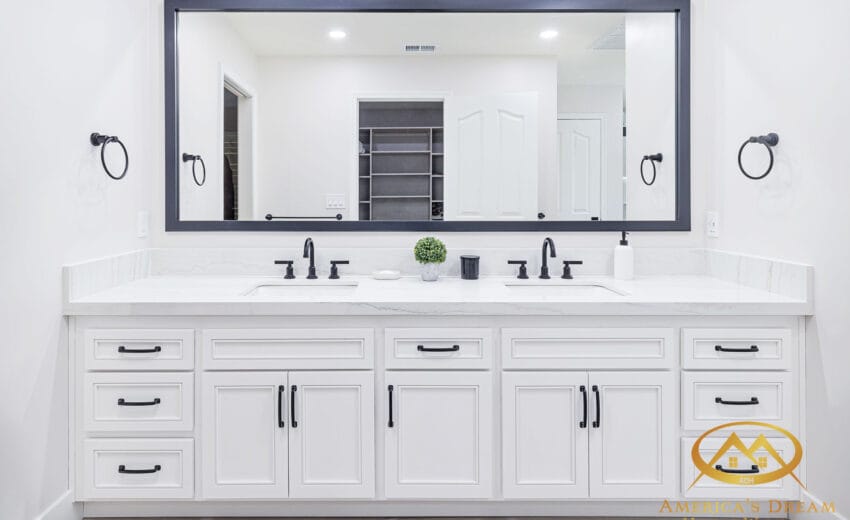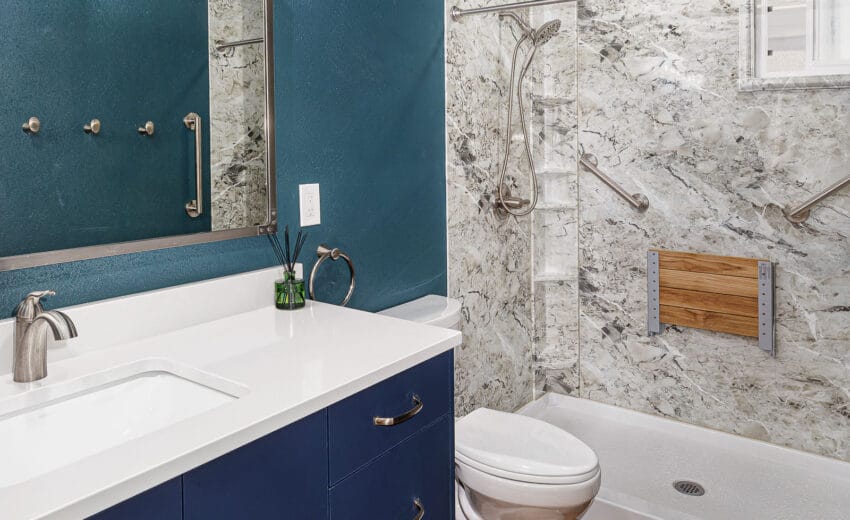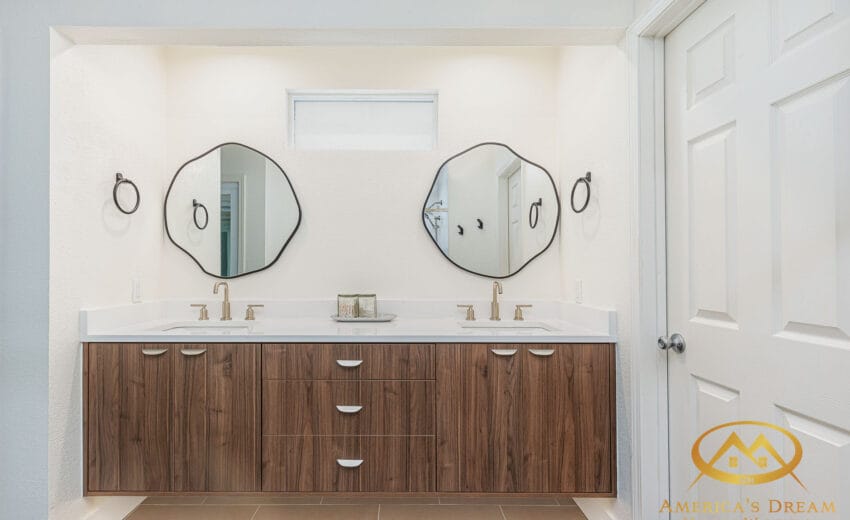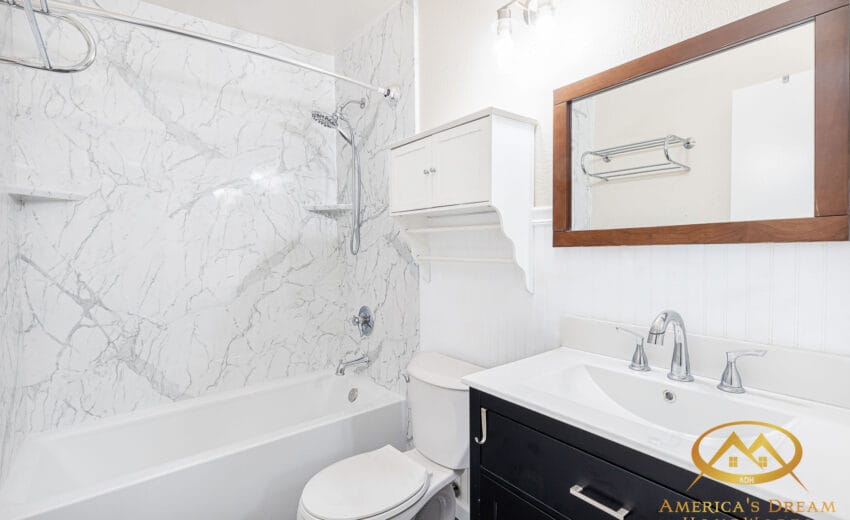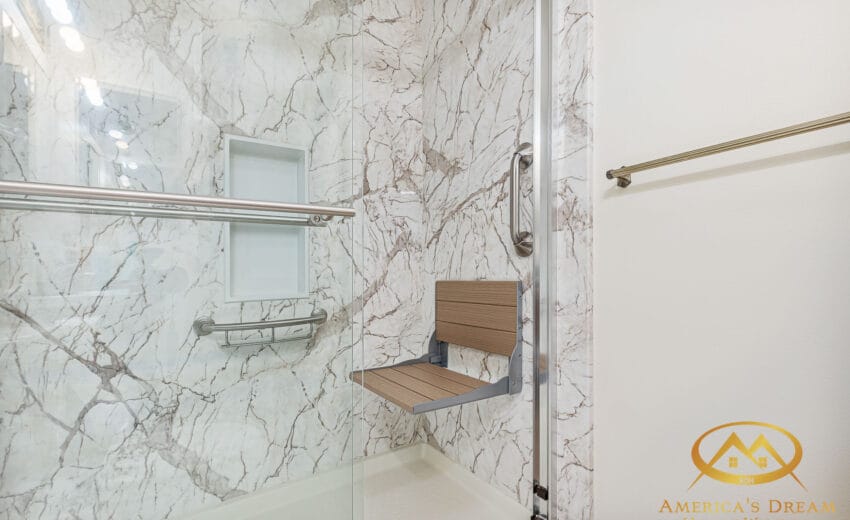You’re sitting at home when you hear it — that unmistakable drip… drip… drip. Then you look up and see a dark spot spreading on your ceiling.
If you’ve got water dripping from the ceiling, don’t panic — but don’t wait, either. Ceiling leaks are one of the most urgent home problems you can face. They can damage drywall, insulation, and even your home’s structure if ignored. The key is acting fast and smart.
Here are 7 urgent steps the Holmes on Homes team recommends to stop the damage, stay safe, and get your home back in shape.
1. Stop the Water Source Immediately
Before anything else, find and stop the source of the water. That could mean:
Shutting off your main water supply if the leak is from plumbing.
Turning off water to a specific fixture, like a sink, toilet, or shower.
Placing a bucket under the drip to catch water and prevent spread.
👉 Pro Tip: If the ceiling bulges, carefully puncture the lowest point with a screwdriver to release trapped water. This prevents a full ceiling collapse — which can happen faster than you think.
If the leak originates above a bathroom, learn how proper waterproofing and bathroom remodeling can prevent future ceiling leaks.
5. Document the Damage for Insurance
Before you start tearing anything out, take photos and videos of:
Ceiling stains and bubbling paint.
Dripping or pooled water.
Damaged furniture or flooring.
Then, contact your home insurance provider. Most policies cover sudden leaks or burst pipes, but not long-term neglect. Documentation speeds up claims and ensures fair reimbursement.
6. Repair the Cause — Not Just the Ceiling
Here’s where many homeowners go wrong: they patch the ceiling but ignore the cause.
Fix the source first:
Replace damaged roof shingles or flashing.
Repair or replace leaky plumbing lines.
Seal or insulate areas prone to condensation.
Check HVAC lines for clogs or cracks.
Only after the root issue is solved should you repair drywall, insulation, and finishes.
👉 Holmes on Homes Tip: Always verify repairs with a moisture meter before closing up the ceiling. Even a small damp spot can lead to hidden mold or rot.
If your flooring or walls were affected, explore flooring replacement options that resist future water damage.
7. Know When to Call in the Pros
Small drips might seem manageable, but hidden leaks can cause major structural issues fast. If you notice:
Ceiling sagging or widespread discoloration,
Persistent moisture even after cleanup, or
Musty smells and soft drywall,
…it’s time to bring in licensed professionals.
A general contractor or restoration team can coordinate plumbing, roofing, and structural repairs safely. The goal isn’t a quick patch — it’s ensuring your home is dry, safe, and sound long-term.
Check Our Recent Projects
6. How Much Does a Master Bathroom Remodel Cost?
Costs vary by size, materials, and labor. Here’s a general range:
Basic remodel: $15,000–$25,000
Mid-range remodel: $25,000–$45,000
High-end remodel: $50,000+
Ways to save:
Keep plumbing in place.
Choose mid-range materials with a high-end look.
Upgrade lighting and hardware for maximum impact.
7. How Important Is Lighting in a Master Bathroom?
Lighting can make or break your bathroom design. A well-lit space should include:
Task lighting at mirrors for grooming.
Ambient lighting from recessed or ceiling fixtures.
Accent lighting under vanities or inside niches for depth.
👉 Pro Tip: Use dimmers for a spa-like atmosphere and layer lighting for flexibility.
8. Should I Add Heated Floors or Towel Warmers?
If your budget allows — absolutely. Radiant heated floors add comfort and energy efficiency, especially in colder climates. Electric systems are ideal for remodels, while hydronic (water-based) systems suit new builds.
Towel warmers are an affordable luxury that instantly enhances comfort and resale value.
Bonus: How to Prevent Ceiling Leaks in the Future
An ounce of prevention really is worth a pound of drywall repair. Keep these habits in mind:
Inspect your roof every spring and fall.
Replace old caulking around tubs, showers, and windows.
Clean gutters and downspouts regularly.
Check your attic for signs of condensation or leaks.
Schedule an annual plumbing inspection — especially for older homes.
These small steps can prevent thousands in repairs (and a lot of late-night panic).
Final Thoughts
When you see water dripping from the ceiling, treat it like the emergency it is. Water damage spreads quickly, weakens materials, and invites mold. The sooner you act, the more you can save — both structurally and financially.
At America’s Dream HomeWorks, we’ve helped hundreds of homeowners stop leaks, repair damage, and prevent future problems through expert home remodeling and restoration services.
✨ Don’t wait until a small drip becomes a disaster. Call in the pros, fix it right the first time, and protect your home for good.



